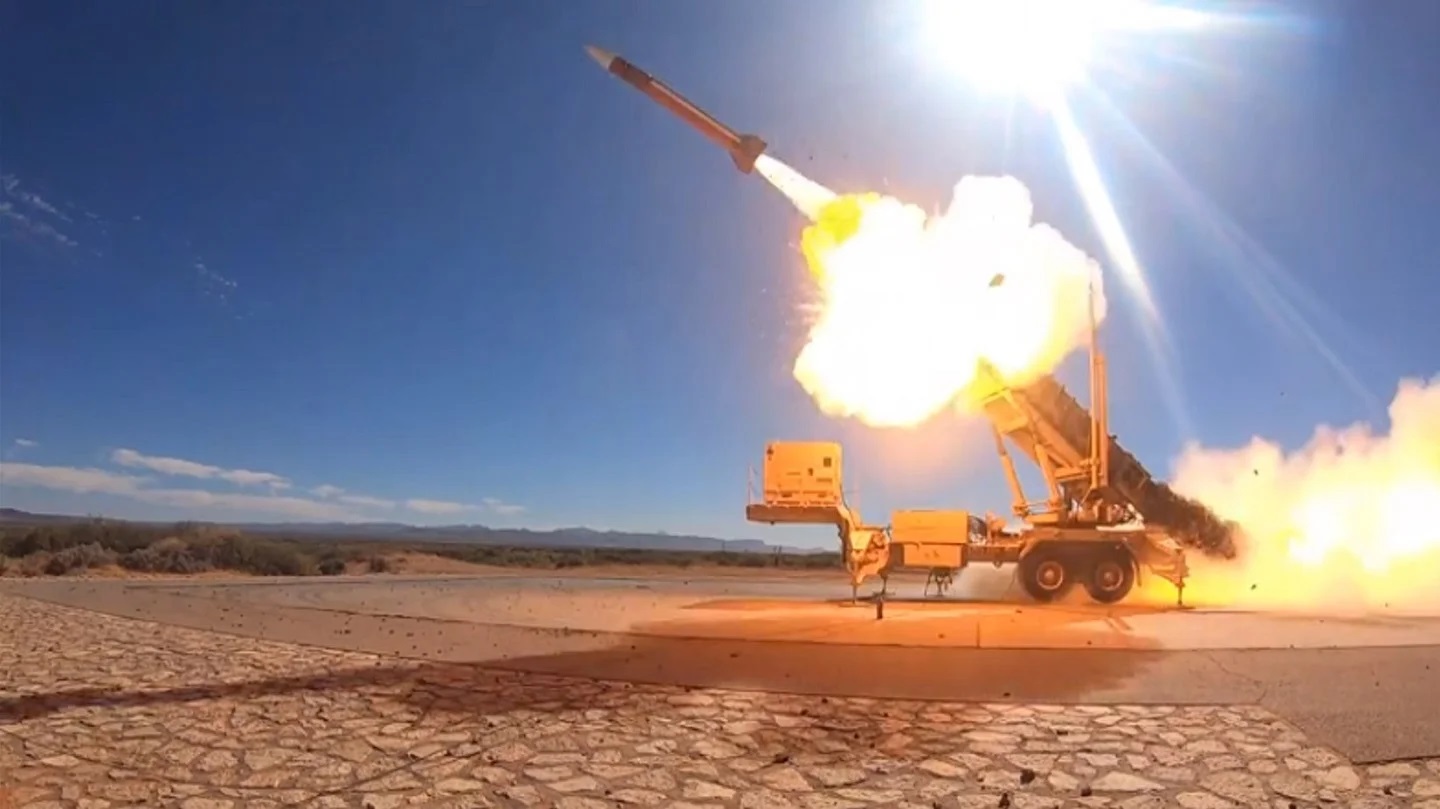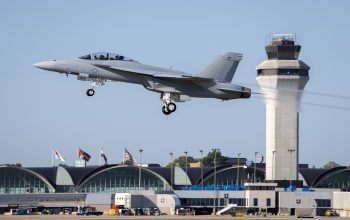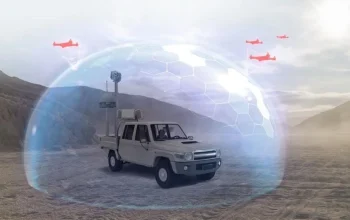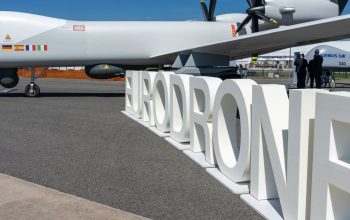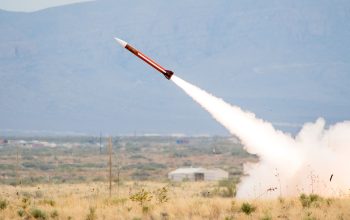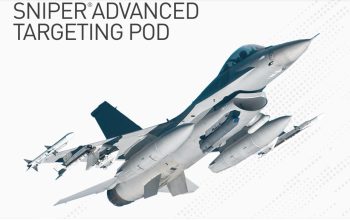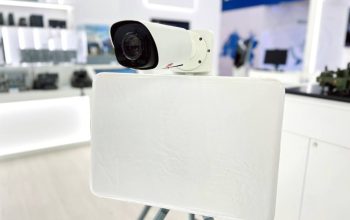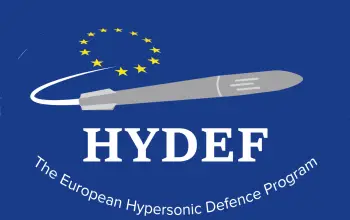The US State Department has made a determination approving a possible Foreign Military Sale to the Government of Kuwait of Repair and Recertification of Patriot Advanced Capability-3 (PAC-3) Missiles and support for an estimated cost of $150 million. The Government of Kuwait has requested the replacement of expiring limited life components and certifications testing in order to support an operational life of thirty (30) years for Patriot Advanced Capability-3 (PAC-3) missiles. Included in this potential sale are: test and repair of PAC-3 missiles; stockpile reliability testing and field returns; repair and return of classified and unclassified PAC-3 missile items and ground support equipment (GSE) component level parts; GSE spares, seeker spares; tools to improve the turnaround time of the repair and recertification efforts; air transportation services for missile processing; U.S. Government and contractor technical and logistics support.
This proposed sale will support the foreign policy and national security objectives of the United States by helping to improve the infrastructure of a Major Non-NATO ally that has been an important force for political stability and economic progress in the Middle East. This proposed sale will improve Kuwait’s capability to sustain their missile density and ensure readiness for air operations. Kuwait will use this capability as a deterrent to regional threats and to strengthen homeland defense. Kuwait will have no difficulty absorbing this infrastructure, support, and associated services into its armed forces. The proposed sale of this equipment and support will not alter the basic military balance in the region. The principal contractor will be the Lockheed Martin Corporation, Camden, Arkansas. Implementation of this proposed sale will not require the assignment of any additional U.S. Government or contractor representatives to Kuwait.
Patriot was deployed to Kuwait a second time in 2003, the systems were stationed in Kuwait and Iraq, and successfully destroyed a number of hostile surface-to-surface missiles using the new PAC-3 and guidance enhanced missiles. Patriot PAC-3, GEM, and GEM+ missiles both had a very high success rate, intercepting Al-Samoud 2 and Ababil-100 tactical ballistic missiles. In August 2010, the US Defense Security Cooperation Agency announced that Kuwait had formally requested to buy 209 MIM-104E PAC-2 missiles. In August 2012, Kuwait is buying 60 more PAC-3 Patriot anti-missile missiles from the United States. The deal includes four radars and 20 launchers. Two years earlier, Kuwait ordered 209 MIM-104E PAC 2 anti-aircraft missiles, for $4.4 million each. These are the latest model for the anti-aircraft version of the Patriot missile. Kuwait is mainly concerned with Iran’s growing arsenal of ballistic missiles, thus the new order for the PAC-3.
The MIM-104 Patriot is a surface-to-air missile (SAM) system, the primary such system used by the United States Army and several allied states. It is manufactured by the U.S. defense contractor Raytheon and derives its name from the radar component of the weapon system. The AN/MPQ-53 at the heart of the system is known as the “Phased Array Tracking Radar to Intercept on Target”, which is a backronym for “Patriot”. The PAC-3 missile is smaller than the cheaper anti-aircraft version (PAC-2), thus a Patriot launcher can hold sixteen PAC 3 missiles, versus four PAC-2s. A PAC 2 missile weighs about a ton, a PAC-3 weighs about a third of that. The PAC-3 has a shorter range (about 20 kilometers) versus 70 kilometers for the anti-aircraft version. Kuwait has some Pac 3 missiles but is apparently mostly concerned with air attacks. While each Patriot launcher, loaded with PAC-3 missiles, can only defend against ballistic missiles approaching within 20 kilometers, the Patriot radar can detect targets out to a hundred kilometers. Two PAC-3 missiles are fired at each incoming ballistic missile, to increase the probability of a hit. The PAC-3 missile has its own radar and uses it to track the incoming warhead and execute a collision course.


